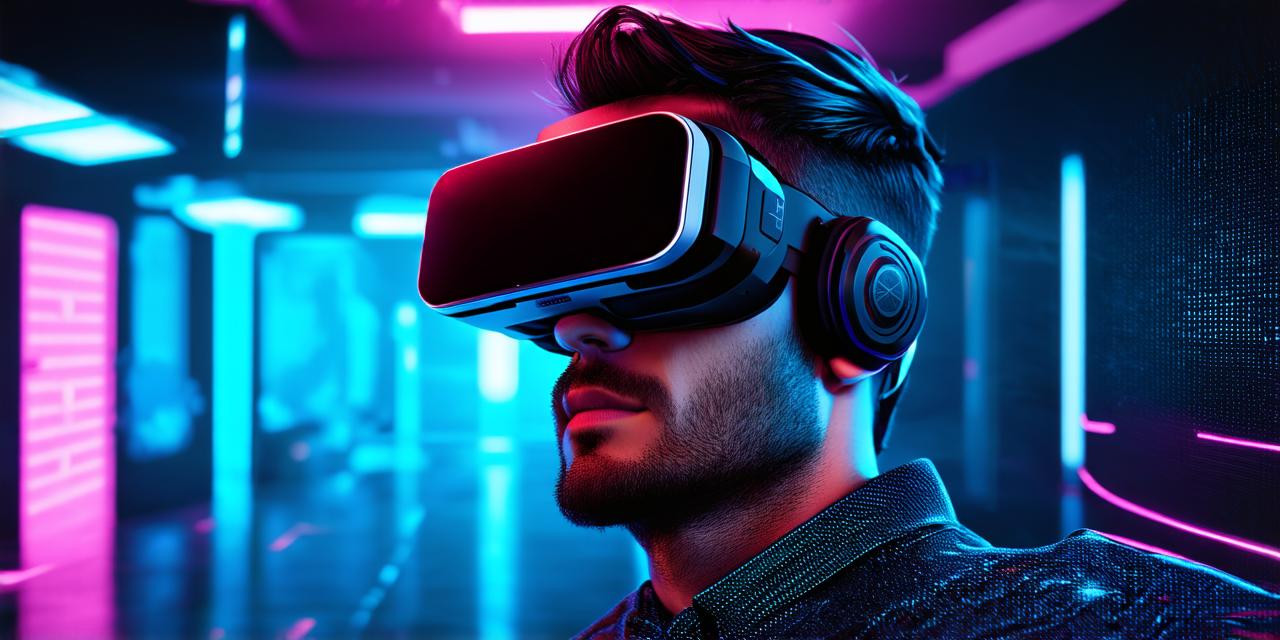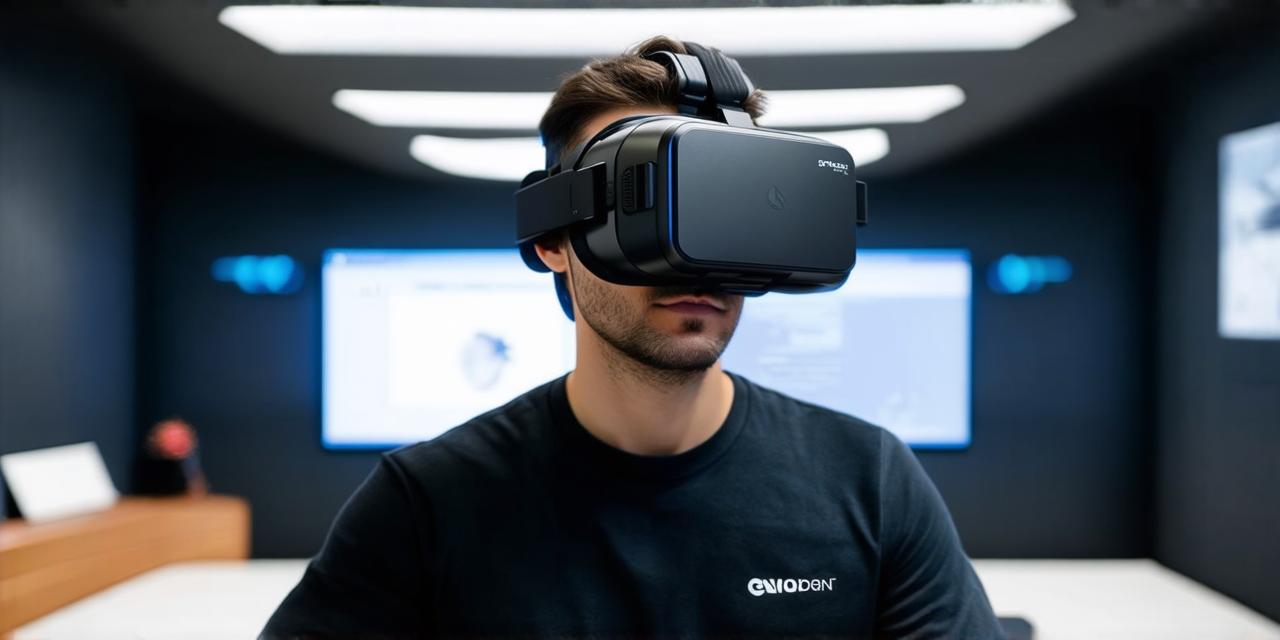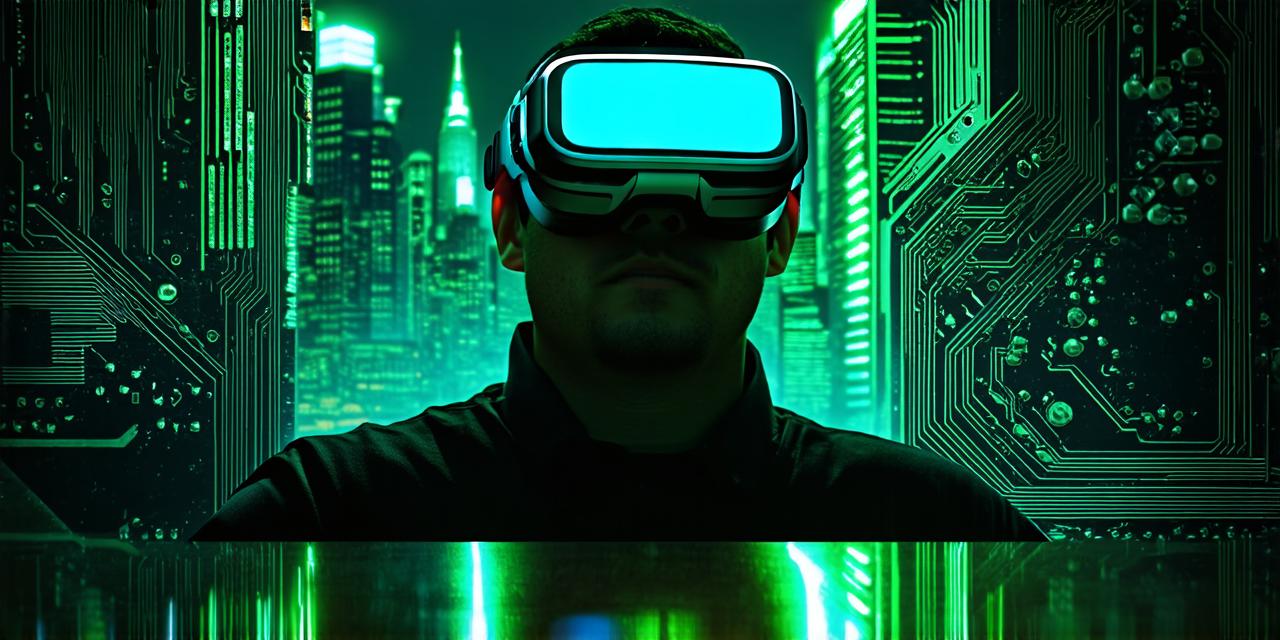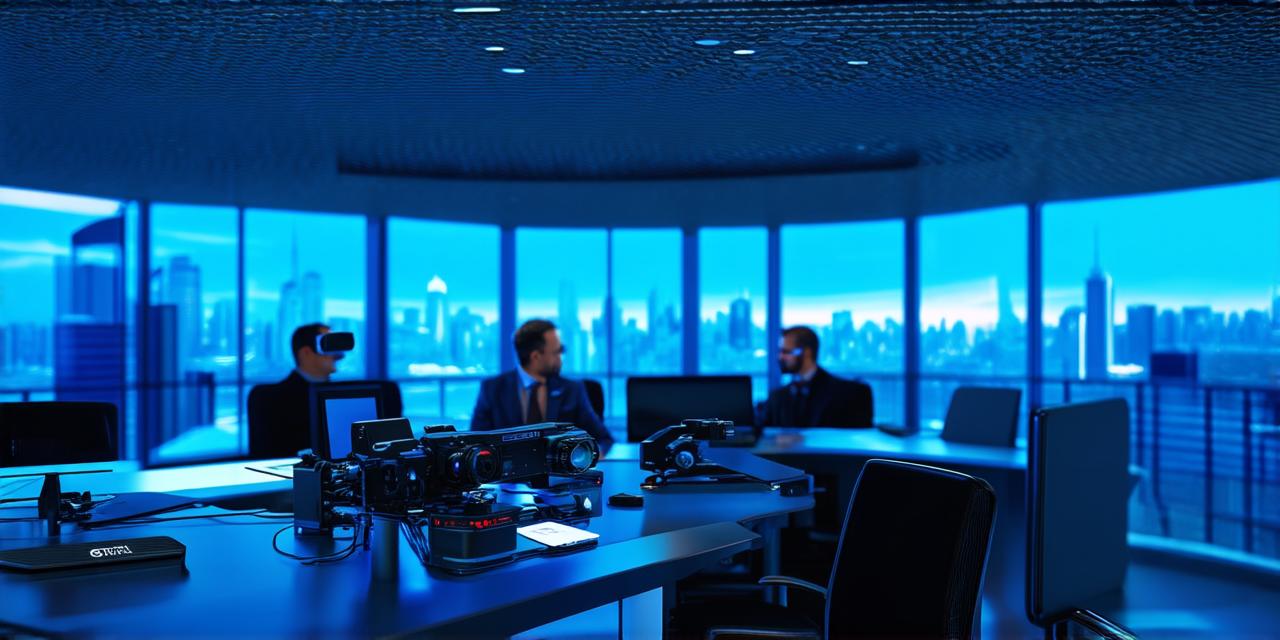Virtual reality (VR) is a technology that has been around for decades, but it’s only in the last few years that we have seen significant advancements in both hardware and software. As a result, VR has become more accessible and affordable to the general public, with millions of people now using it for gaming, entertainment, and even work purposes.
While VR is an incredibly exciting technology, there are limits to what it can achieve. In this article, we’ll explore some of the current limitations of VR and discuss how AR developers might be able to overcome them.
Limitations of VR
One of the most common issues with VR is motion sickness. This can occur when the user feels disoriented or nauseous, often due to the difference between what they see and what their body experiences. While some users may be able to overcome this issue through practice or adjustments to the VR experience, it remains a significant barrier to entry for many people.
2. High cost
VR technology can be expensive, both for the hardware and software required to create immersive experiences. While prices have come down in recent years, they are still high enough to limit accessibility for many people. This is particularly true for smaller businesses or individuals who may not have the financial resources to invest in VR equipment.
3. Limited interaction
While VR technology has come a long way in terms of immersion and interactivity, there are still limits to how users can interact with virtual environments. For example, while some VR experiences allow users to move their hands within the virtual world, they may not be able to physically touch or manipulate objects in the same way that they would in real life.
4. Lack of social interaction
One of the most exciting aspects of VR technology is its ability to create social experiences that are difficult to replicate in real life. However, there are still limitations to how users can interact with each other within virtual environments. For example, while some VR games allow players to communicate with each other through voice or text chat, they may not be able to physically touch or engage with each other in the same way that they would in real life.
5. Technical limitations
Finally, there are technical limitations to what VR can achieve. For example, while some VR experiences allow users to move around a virtual environment, they may not be able to climb stairs or navigate through complex environments in the same way that they would in real life. Similarly, while some VR experiences allow users to interact with objects within the virtual world, there are limits to how these interactions can occur.
Overcoming the limitations of VR
While these limitations exist, there are ways that AR developers might be able to overcome them. For example:
1. Improving motion sickness prevention
One potential solution to motion sickness is to improve the ways in which it can be prevented. This could involve developing better tracking technology or providing users with tools that allow them to adjust their VR experience to better match their own movements.
2. Lowering costs
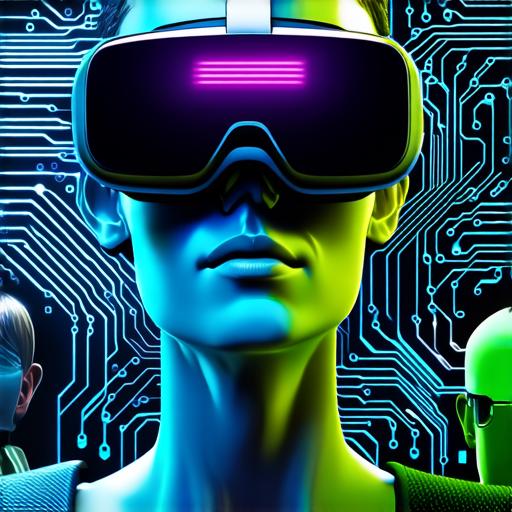
As technology advances and economies of scale are achieved, we may see VR equipment become more affordable over time. In the meantime, there are creative ways that AR developers can work within existing budget constraints, such as using open-source software or creating experiences that don’t require expensive hardware.
3. Enhancing interaction
AR developers might look to other technologies, such as haptic feedback or gesture recognition, to enhance user interaction with virtual environments. For example, a user could be able to feel a vibration in their hand when they interact with an object within the virtual world.
4. Encouraging social interaction
To encourage social interaction within VR, AR developers might look to existing social media platforms or other online communities to create virtual spaces where users can connect with each other and engage in conversation.
5. Developing new technologies
Finally, as technology continues to advance, we may see new developments that allow us to overcome some of the current limitations of VR.
